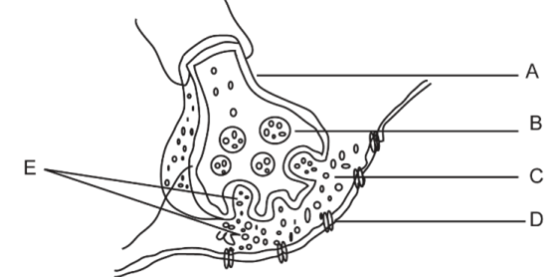 Multiple Choice Questions
Multiple Choice QuestionsRh-factor can produce disease
AIDS
Tumer’s syndrome
Erythroblastosis foetalis
Sickle cell anaemia
Penumotoxic centre which a moderate the function of the respiratory rhythm centre is present at
Pons region in brain
Thalamus
Spinal cord
Right cerebral hemisphere
Which of the following hormone secretes a gastric secretion?
Entero gastrone
Gastrin
CCK-PZ
Villikinin
Which of the following disorder is an outcome of irregularities in the metabolism of the nitrogenous waste?
Osteoporosis
Gouty Arthritis
Osteoarthritis
Rheumatoid arthritis
During urine formation, which of the following process create thigh osmotic pressure in the uriniferous tubule?
Active Na+ absorption, followed by absorption of Cl−
Active Cl− absorption, followed by absorption of Na+
Active secretion of Na+ into efferent arteriole followed by absorption of Cl− into the efferent renal arteriole
Active secretion of Cl− and absorption of Na+ into the efferent renal arteriole
Steroid hormones work as
They enter into target cells and binds with specific receptor and ativate4s specific genes to form protein
They bind to cell membrane
They catalyse formation of cAMP
None of the above
In the following diagram showing axon terminal and synapse A, B, C, D and E respectively represent

A-axon terminal, B-synaptic cleft, C-synaptic vesicles, D-neurotransmitters, E-receptors
A- axon terminal, B-synaptic vesicles, C-synaptic cleft, D-receptors, E-neurotransmitters
A-synaptic cleft, B-synaptic vesicles, C-axon terminal, D-neurotransmitters, E-receptors
A-synaptic vesicles, B-axon terminal, C-synaptic vesicles, D-neurotransmitters, E-receptors
Adrenaline and noradrenaline are hormones that act as
Energy producing agents
Food storage materials
Neurotransmitters
Energy storing substances
C.
Neurotransmitters
There are four neurotransmitters identified in vertebrates acetylcholine, serotonin, adrenaline and noradrenaline.
